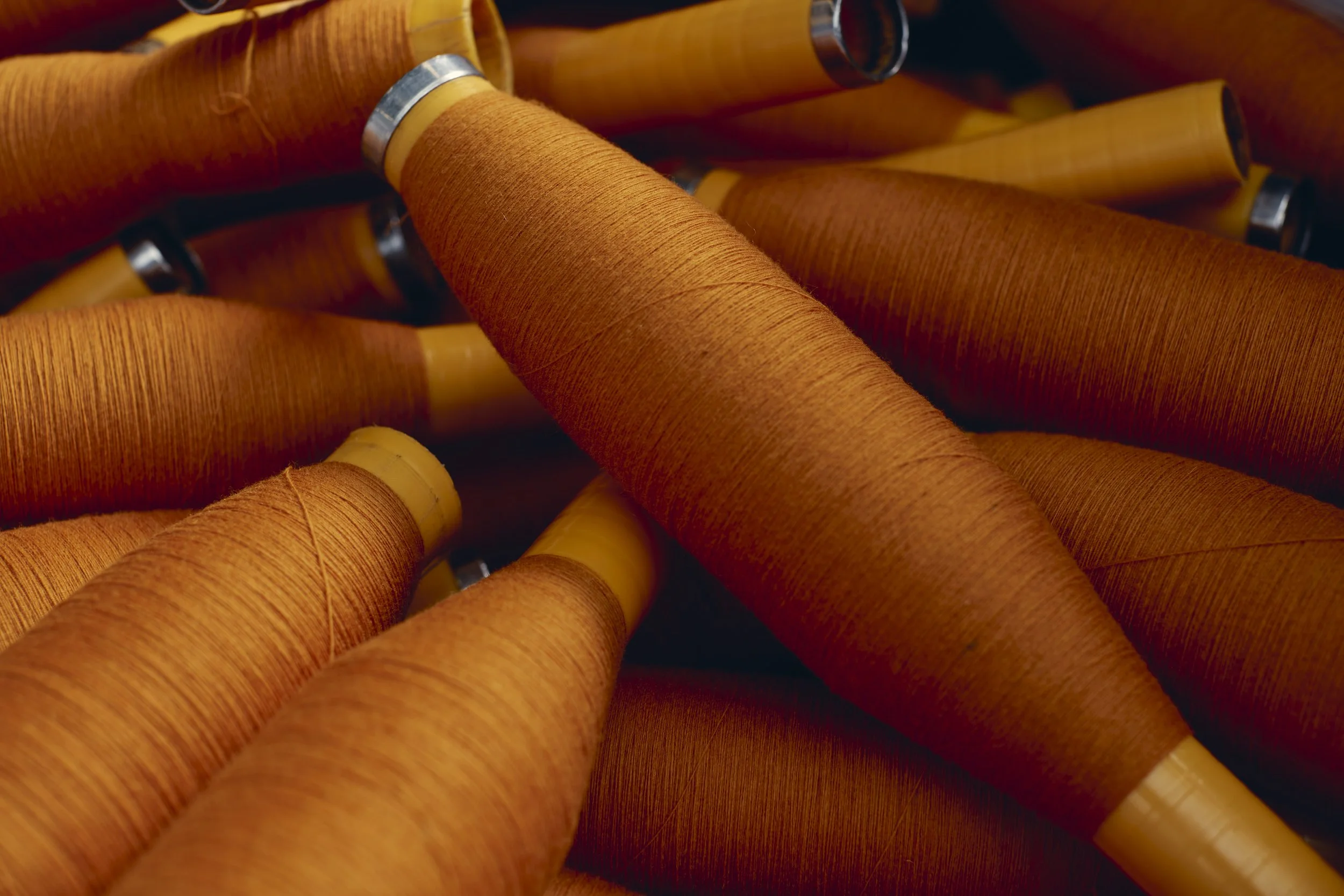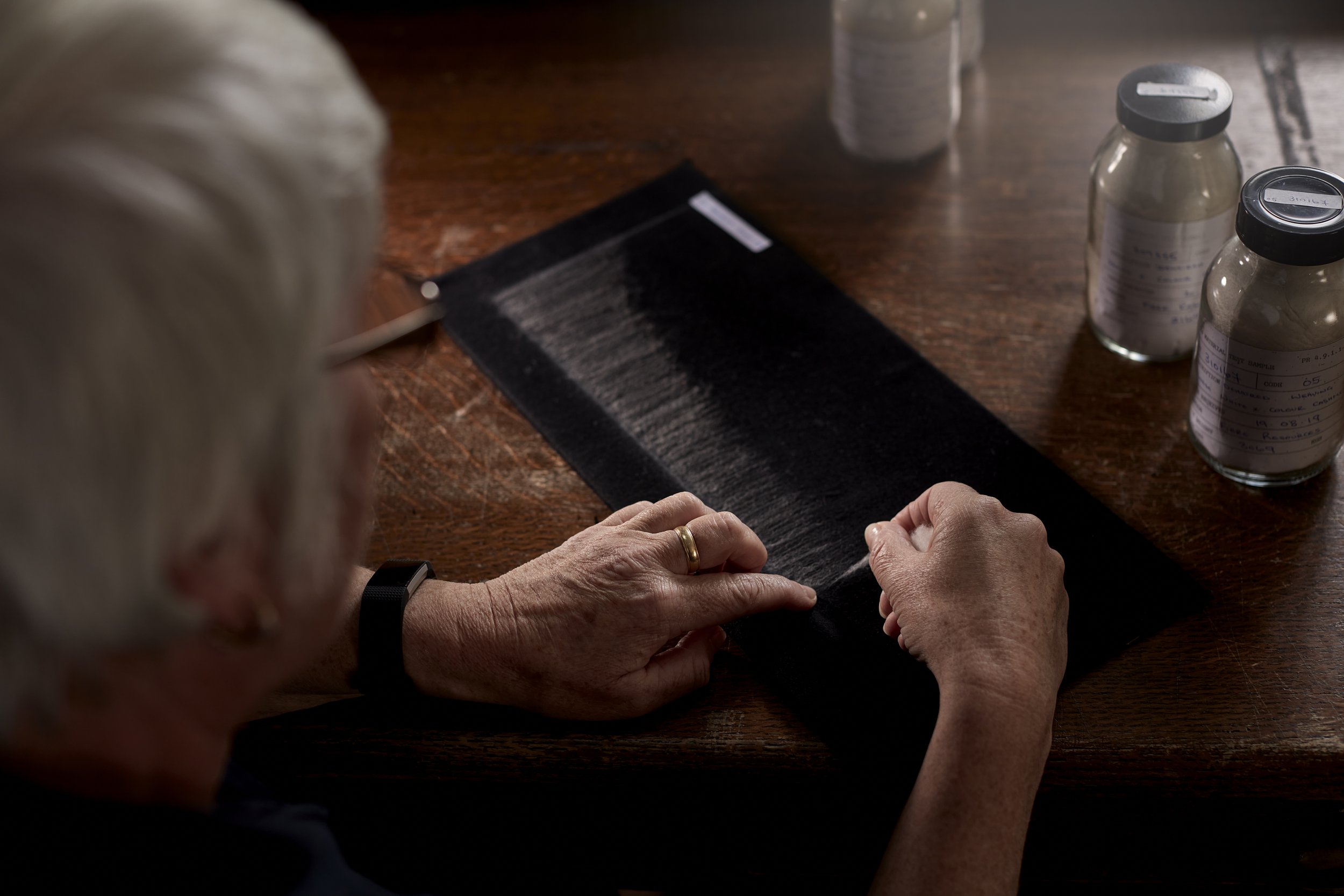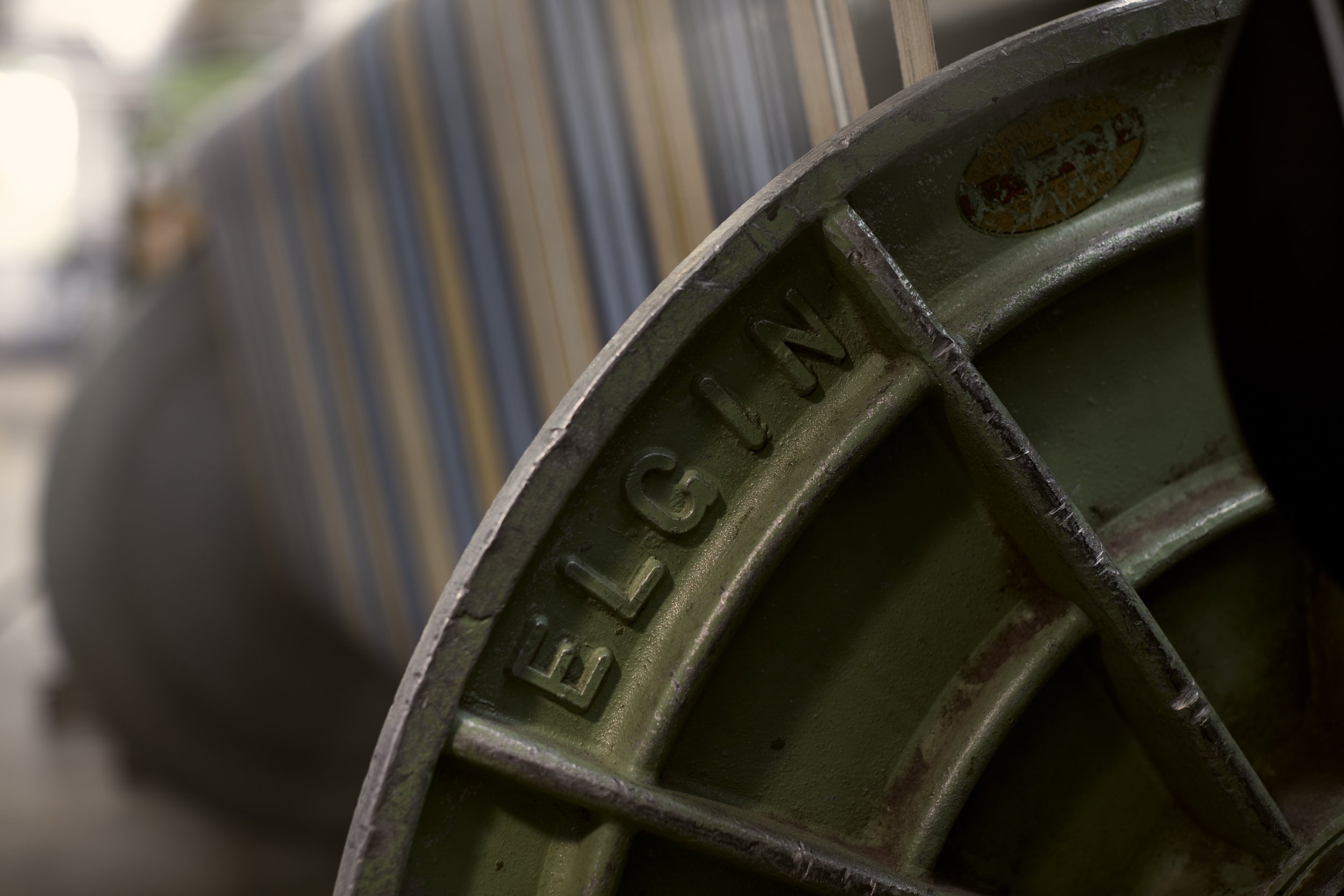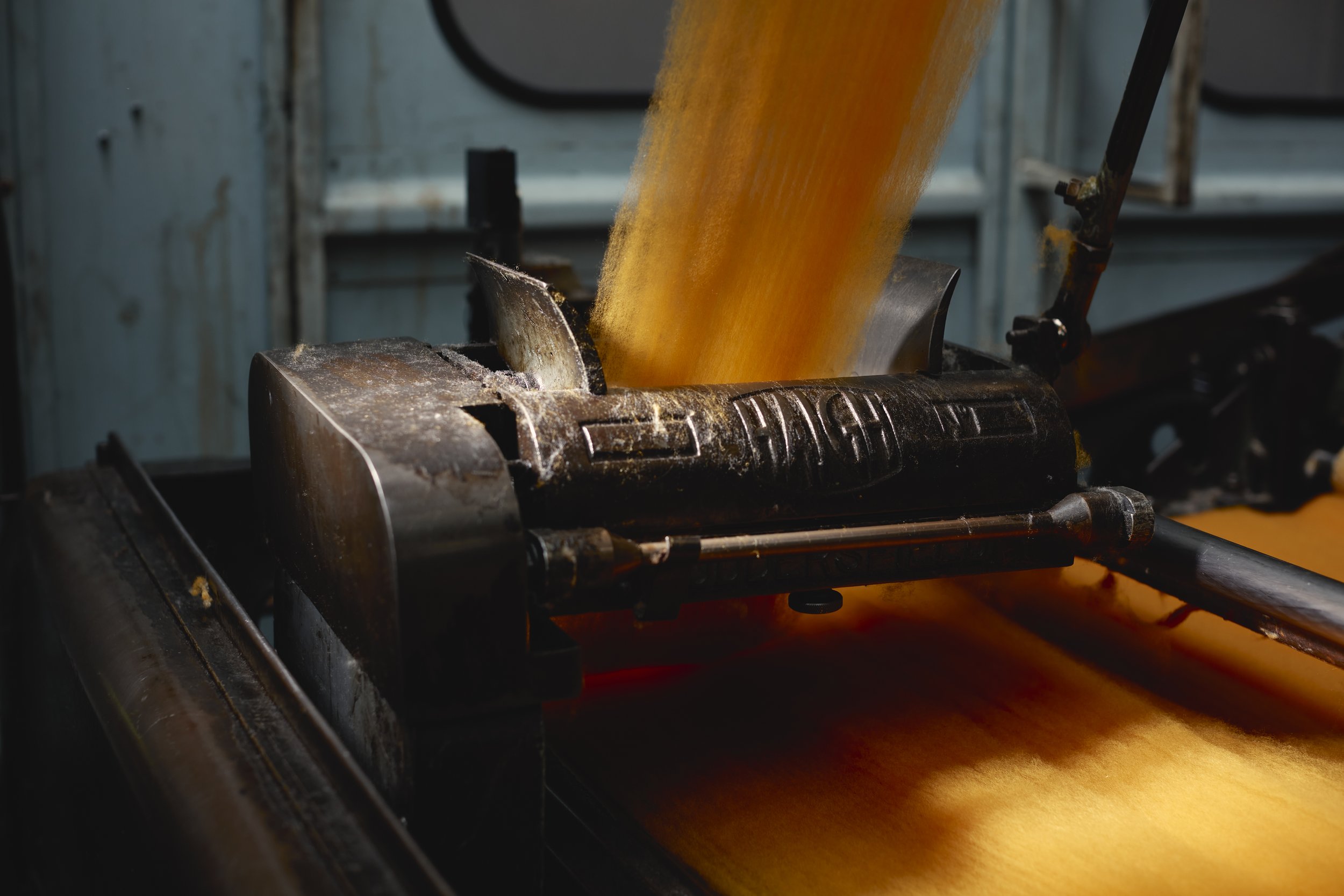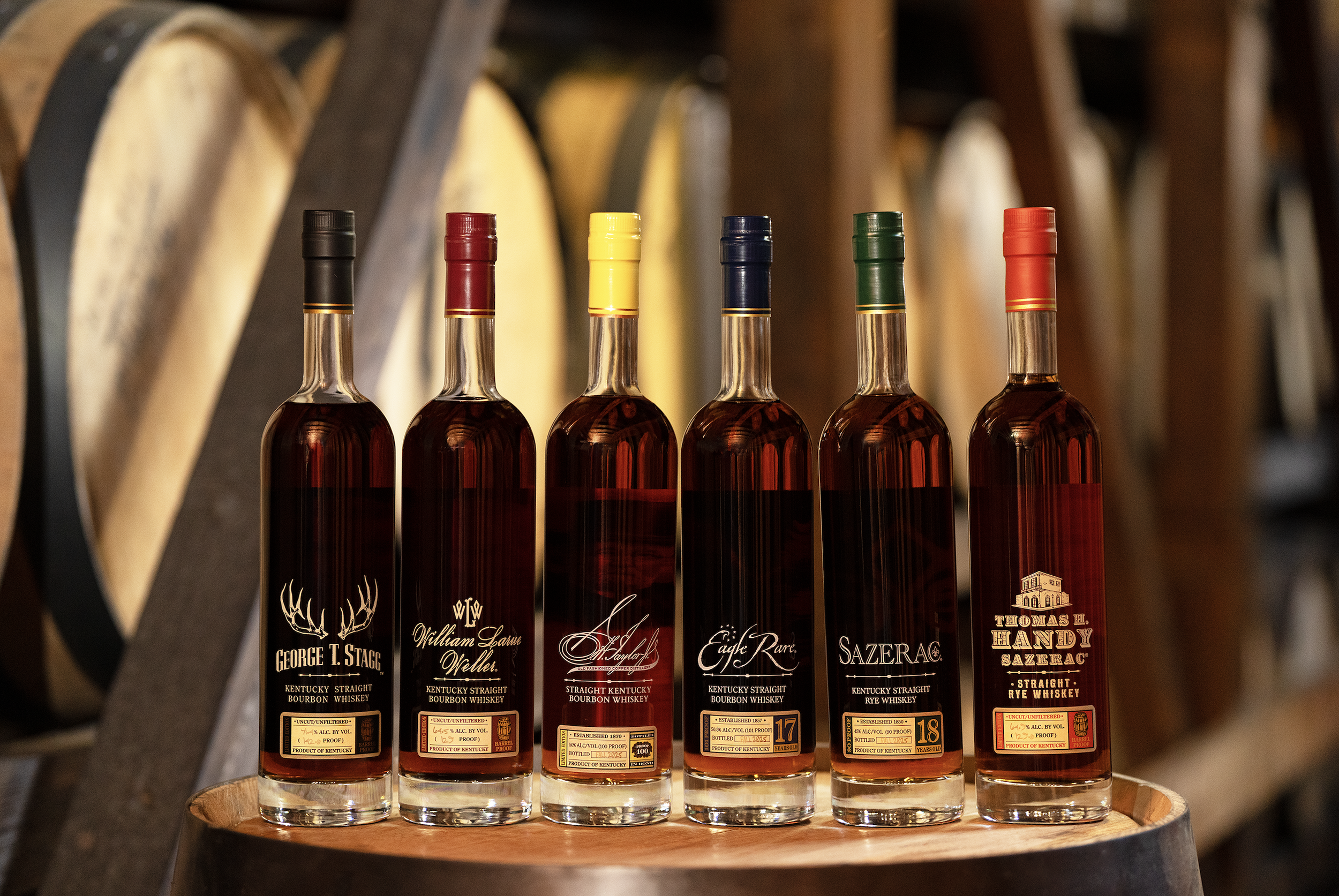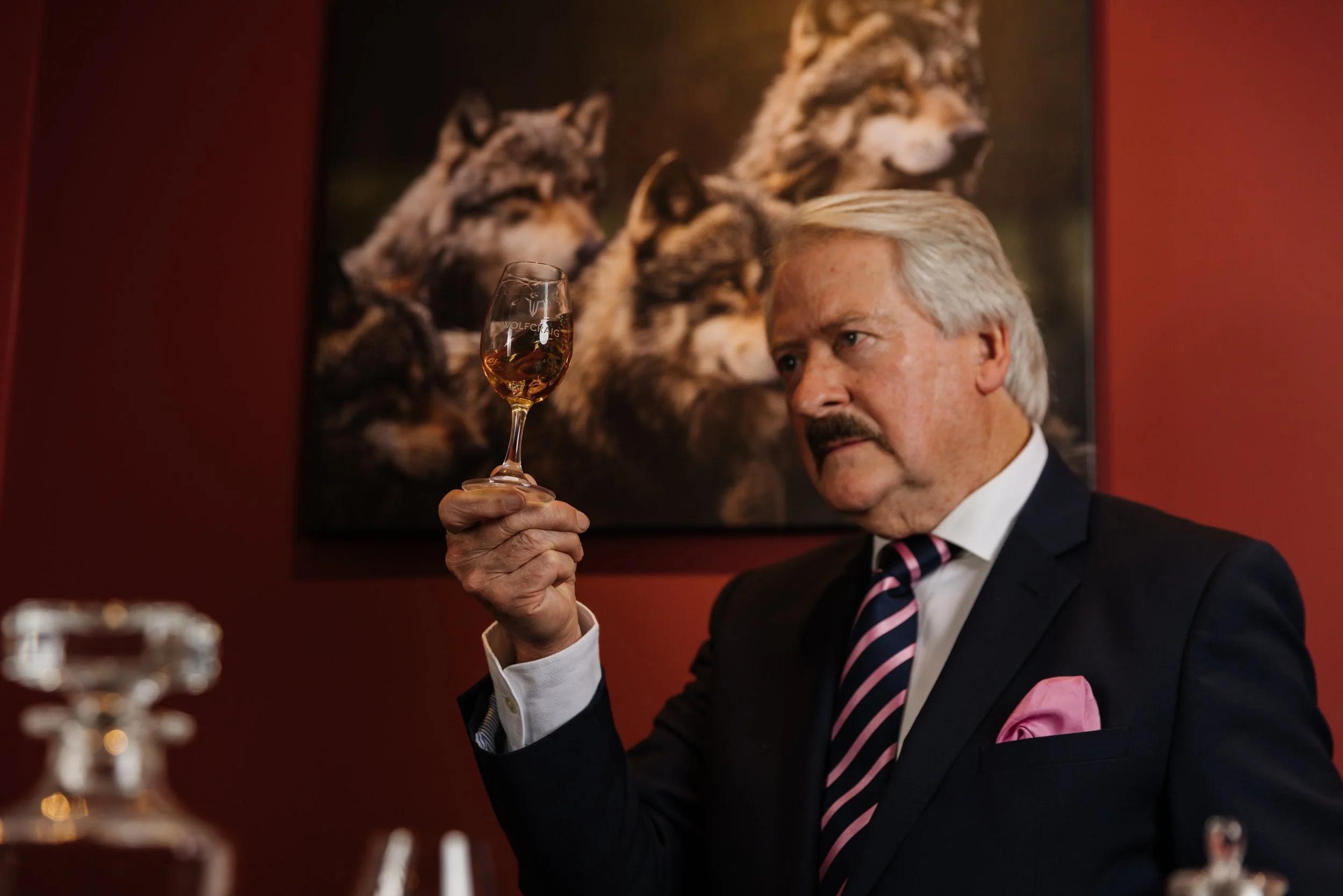Video: Queens of Cashmere
Watch: Johnstons Laura Webster on why textiles are a family affair
As many as 33 people are involved in creating a single scarf, rug or stole at Johnstons mill in Elgin. Barley met three of the craftswomen creating catwalk-conquering cashmere Video and portraits by Joe Davies
The fashion influencer
Kara Gill, Assistant manager, CMT
(Cut, Make & Trim)
‘I went to school nearby in Fochabers and then studied fashion and textiles at Gray’s School of Art in Aberdeen. As a local girl, I obviously knew about Johnstons but as I was coming up to graduation I was convinced I’d never move back home! That didn’t pan out. When I joined I was the only person in the department, now there are three of us. Day to day there is so much variety in the job. We’re basically the product development team. The design department get a brief from our customers and then the brief comes to me and our job is to develop different prototypes and samples for the customers, depending on what they want. It’s mainly home furnishings and accessories. We do a lot of work with Burberry. We had to develop loads of intricate leather stitching for them, and I’d never worked with leather before. You learn quickly. I love seeing something we have started as a scrap of fabric online, selling for thousands of pounds!’
The hand stitcher
Martha Czarnowska, Senior Darner
‘I’ve been at Johnstons for eight years. I started in the weaving department but one day I was shown around the darning room and I was hooked. It seemed so tranquil. Our job is to fix any faults from the looms, we quality check by eye and fix by hand, using a needle. There are no machines involved. It’s just your hands. I love the fact the craft is very old-fashioned.
It took 8 months of training to get up to speed with all the skills. You need to learn the different patterns, materials, styles, there are so many! Now, I enjoy training other apprentices myself. I like to be busy and occupied, but darning is such a relaxing thing to do, there is nothing to disturb you, no machines, it’s just you and your thoughts.’
Quick-fire cashmere
Cashmere is a type of wool that comes from goats specially bred for their soft undercoat, from which the cashmere fibers are made. The term “cashmere” is the anglicization of the word “Kashmir”, the northernmost region of India, where the prized fabric was made for thousands of years.
Johnstons get most of their top end cashmere from the Alishan region in China where quality goat hair is identified by its long, thin and white fibres
Conversely, the dark, short, coarse fibres of cheaper cashmere tend to come from Afghanistan goat herds
Johnstons use goat herds in Mongolia for coloured cashmere, such as greys and browns
The cost of buying cashmere varies hugely depending on quality; Johnstons pays up to £100 per kilogram for most of its supply but Vicuna, the hair of a camel from Peru which has been hunted almost to extinction, can cost up to £2000 per kilogram. Conversely, wool will cost £15 per kilo
Mill pictures courtesy of Johnstons of Elgin




